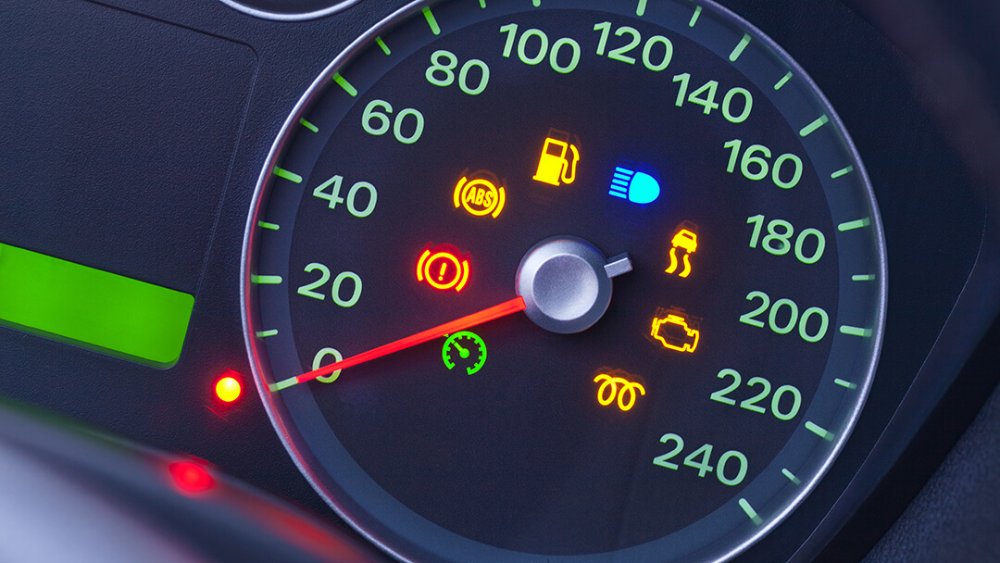The check engine light is one of the most dreaded signals on a vehicle’s dashboard. When it illuminates, it can be a source of anxiety for many drivers, indicating that something is amiss within the vehicle’s engine or emissions system.
This warning light can be triggered by a multitude of issues, ranging from minor and easily fixable problems to more serious and potentially costly repairs. Understanding the common reasons why the check engine light might come on can help you diagnose the issue more quickly and take appropriate action.
This guide will explore ten possible causes for the check engine light, providing you with valuable insights into what might be going wrong under the hood. By being informed about these potential issues, you can address them promptly, ensuring your vehicle runs smoothly and safely.
1. Loose or Faulty Gas Cap
A loose or faulty gas cap is one of the most common and easily fixable reasons for the check engine light to come on. The gas cap is a critical component of your vehicle’s fuel system, helping to maintain pressure and prevent fuel vapors from escaping.
If the gas cap is not secured properly, or if it’s damaged, it can cause the check engine light to illuminate. To fix this issue, simply ensure that the gas cap is tightened securely. If the light remains on after tightening, inspect the cap for signs of damage such as cracks or worn seals. Replacing a damaged gas cap is inexpensive and can often resolve the issue.
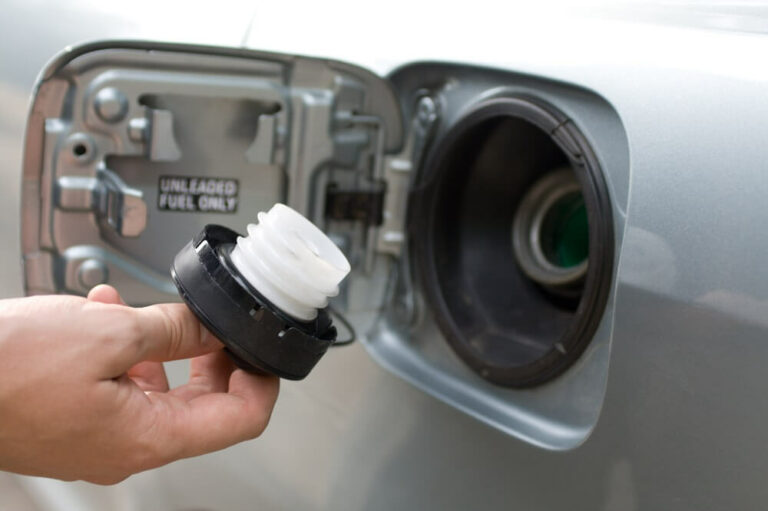
Ignoring this simple fix can lead to decreased fuel efficiency and increased emissions. Regularly checking and properly securing your gas cap can prevent this common problem and keep your check engine light off.
2. Oxygen Sensor Failure
The oxygen sensor is a crucial component of your vehicle’s emissions control system, measuring the amount of unburned oxygen in the exhaust and sending this information to the engine control unit (ECU).
This data helps the ECU adjust the air-fuel mixture for optimal combustion and efficiency. When the oxygen sensor fails, it can lead to poor fuel economy, increased emissions, and engine performance issues.

A faulty oxygen sensor is a common reason for the check engine light to come on. Replacing a faulty sensor is important to maintain your vehicle’s performance and pass emissions tests. If ignored, a bad oxygen sensor can damage other components like the catalytic converter.
Regular maintenance and timely replacement of the oxygen sensor, typically every 60,000 to 90,000 miles, can help prevent this issue and keep your engine running smoothly.
3. Catalytic Converter Issues
The catalytic converter is a vital part of your vehicle’s emissions system, converting harmful gases like carbon monoxide and nitrogen oxides into less harmful substances before they exit the exhaust.
When the catalytic converter fails, it can cause the check engine light to come on and lead to decreased engine performance, poor fuel economy, and increased emissions. Common causes of catalytic converter failure include clogged or damaged components due to engine misfires, oil contamination, or prolonged exposure to unburned fuel.
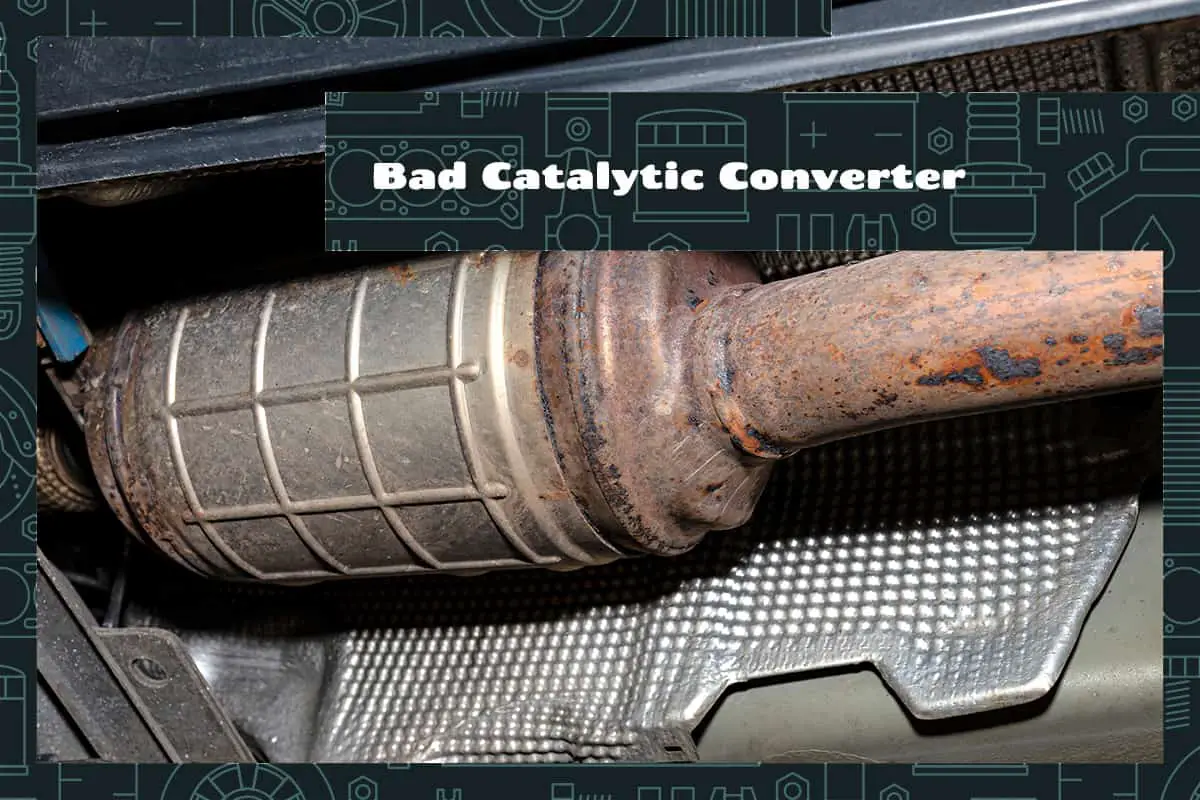
Addressing underlying issues like a misfiring engine or oil leaks can prevent catalytic converter damage. If the catalytic converter itself is damaged or clogged, it will need to be replaced, which can be a costly repair.
Regular maintenance and addressing engine problems promptly can help extend the life of the catalytic converter and prevent the check engine light from coming on due to this issue.
4. Mass Airflow Sensor Problems
The mass airflow (MAF) sensor measures the amount of air entering the engine and helps the ECU determine the correct air-fuel mixture for optimal combustion. A faulty MAF sensor can cause the check engine light to come on and lead to poor engine performance, rough idling, and reduced fuel economy.
Common symptoms of a bad MAF sensor include hesitation during acceleration, engine stalling, and increased emissions. The MAF sensor can become contaminated or fail due to dirt, debris, or oil buildup. Cleaning the sensor with a specialized cleaner can sometimes resolve the issue.
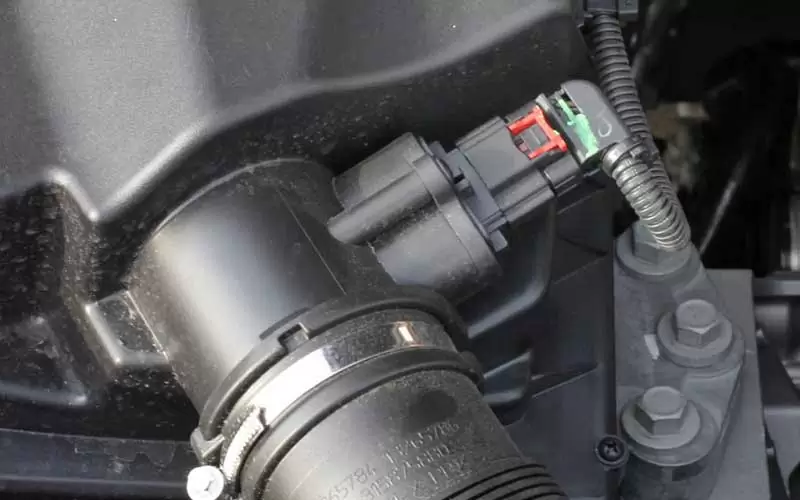
However, if the sensor is damaged, it will need to be replaced. Regularly replacing the air filter and keeping the intake system clean can help prevent MAF sensor problems. Addressing MAF sensor issues promptly is essential to maintain engine performance and prevent further damage.
5. Spark Plug or Ignition Coil Issues
Spark plugs and ignition coils are critical components of your vehicle’s ignition system, responsible for igniting the air-fuel mixture in the engine’s cylinders. When these components fail, it can lead to engine misfires, reduced performance, and increased emissions.
A faulty spark plug or ignition coil is a common reason for the check engine light to come on. Symptoms of ignition system issues include rough idling, hesitation during acceleration, and poor fuel economy. Replacing worn or damaged spark plugs and ignition coils can resolve these issues and restore optimal engine performance.
Regular maintenance, including timely replacement of spark plugs (typically every 30,000 to 50,000 miles) and ignition coils as needed, can help prevent these problems. Keeping your ignition system in good condition is essential for reliable engine operation and preventing the check engine light from illuminating due to ignition issues.
6. Faulty EGR Valve
The Exhaust Gas Recirculation (EGR) valve is an essential component of your vehicle’s emissions control system, helping to reduce nitrogen oxide emissions by recirculating a portion of the exhaust gases back into the engine’s intake manifold.
When the EGR valve fails, it can cause the check engine light to come on and lead to poor engine performance, rough idling, and increased emissions. Common causes of EGR valve failure include carbon buildup, which can block the valve and prevent it from opening and closing properly.
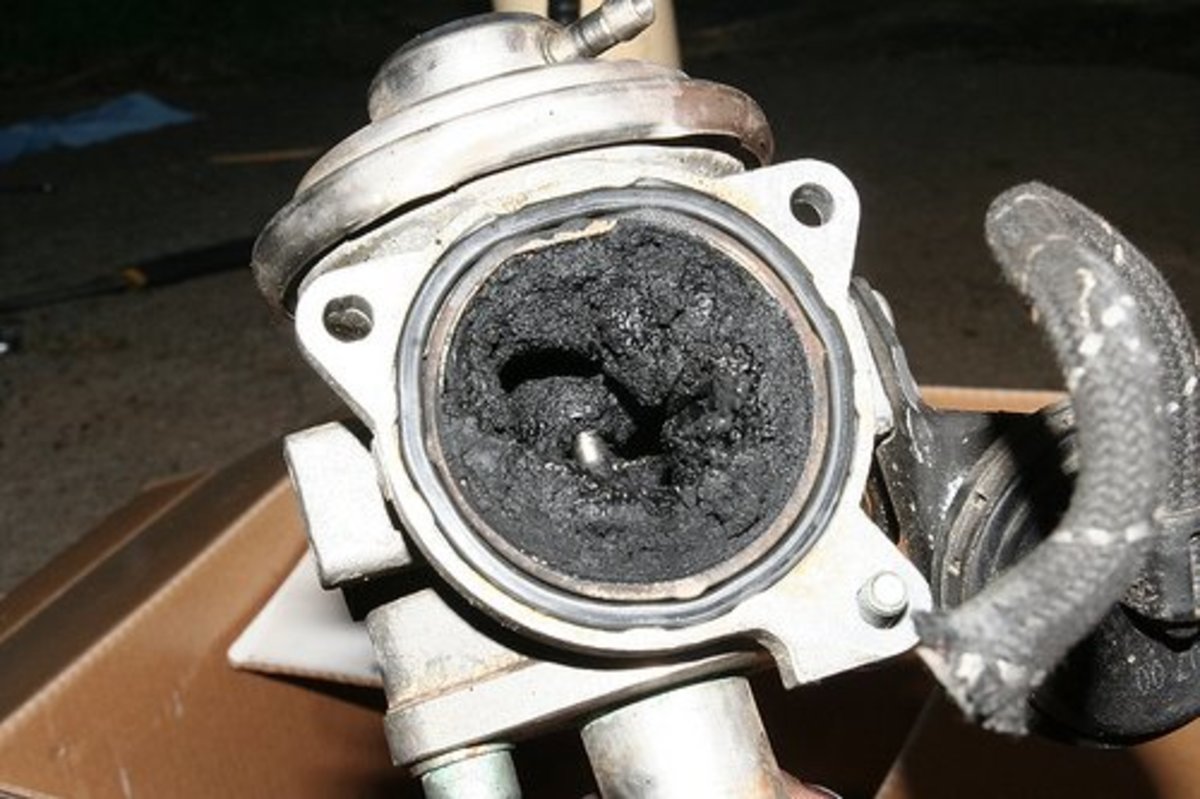
Cleaning the EGR valve can sometimes resolve the issue, but if the valve is damaged, it will need to be replaced. Regular maintenance, including cleaning or replacing the EGR valve as needed, can help prevent this problem and ensure your vehicle’s emissions system operates efficiently. Addressing EGR valve issues promptly is crucial for maintaining engine performance and reducing harmful emissions.
7. Faulty Fuel Injectors
Fuel injectors are responsible for delivering the correct amount of fuel into the engine’s cylinders for combustion. When fuel injectors fail or become clogged, it can cause the check engine light to come on and lead to poor engine performance, rough idling, and reduced fuel economy.
Common symptoms of faulty fuel injectors include engine misfires, hesitation during acceleration, and increased emissions. Fuel injectors can become clogged due to dirt, debris, or carbon buildup. Cleaning the injectors with a specialized fuel system cleaner can sometimes resolve the issue.
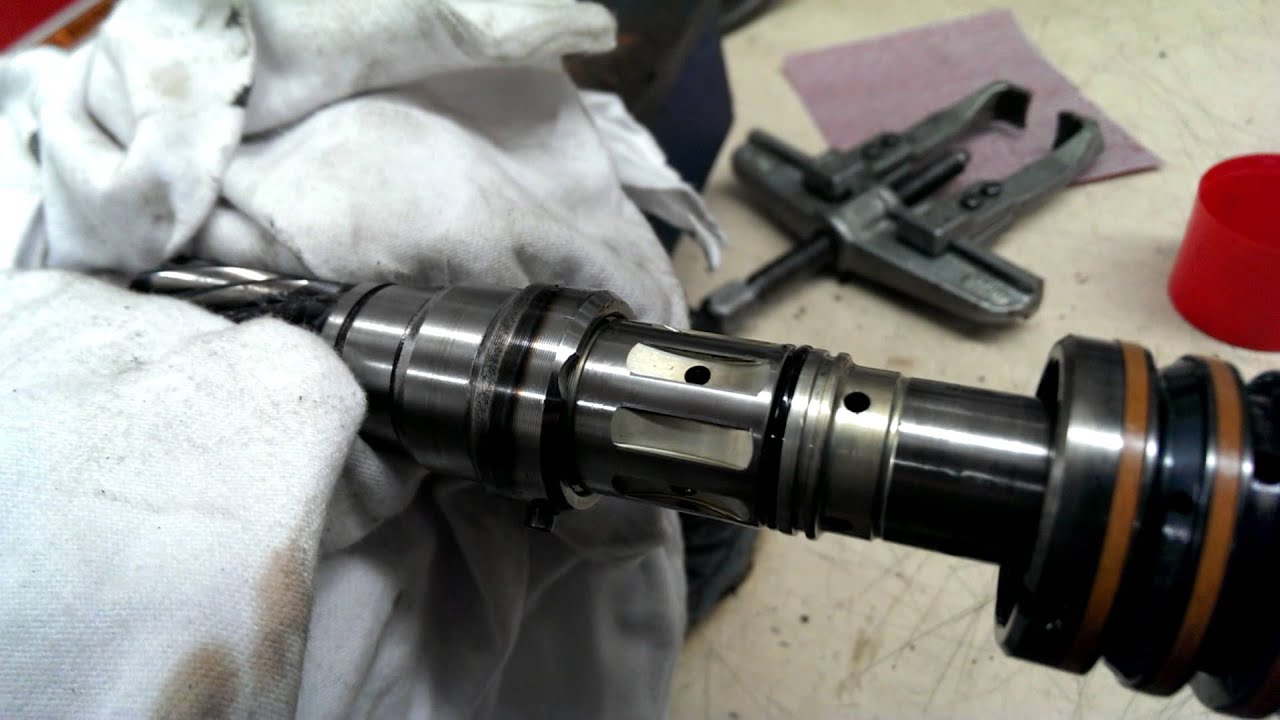
However, if the injectors are damaged or severely clogged, they will need to be replaced. Regular use of high-quality fuel and periodic fuel system cleaning can help prevent injector problems.
Maintaining clean and properly functioning fuel injectors is essential for optimal engine performance and preventing the check engine light from coming on due to fuel delivery issues.
8. Vacuum Leaks
Vacuum leaks occur when there is an unintended gap in the vacuum system, allowing unmetered air to enter the engine. This can cause the check engine light to come on and lead to poor engine performance, rough idling, and increased fuel consumption.
Common causes of vacuum leaks include cracked or disconnected vacuum hoses, intake manifold gasket leaks, and faulty PCV valves. Symptoms of a vacuum leak can include a hissing sound from the engine bay, engine misfires, and difficulty starting the engine.
To diagnose a vacuum leak, a mechanic may perform a smoke test or use a diagnostic scanner to identify the source of the leak. Repairing or replacing damaged vacuum hoses and components can resolve the issue and restore proper engine function. Regular inspection of the vacuum system can help prevent leaks and ensure your engine runs smoothly and efficiently.
9. Malfunctioning Thermostat
The thermostat regulates the engine’s temperature by controlling the flow of coolant. A malfunctioning thermostat can cause the check engine light to come on and lead to overheating or underheating of the engine.
Common symptoms of a faulty thermostat include fluctuating temperature readings, poor engine performance, and reduced fuel efficiency. If the thermostat is stuck open, the engine may not reach its optimal operating temperature, resulting in poor fuel economy and increased emissions.
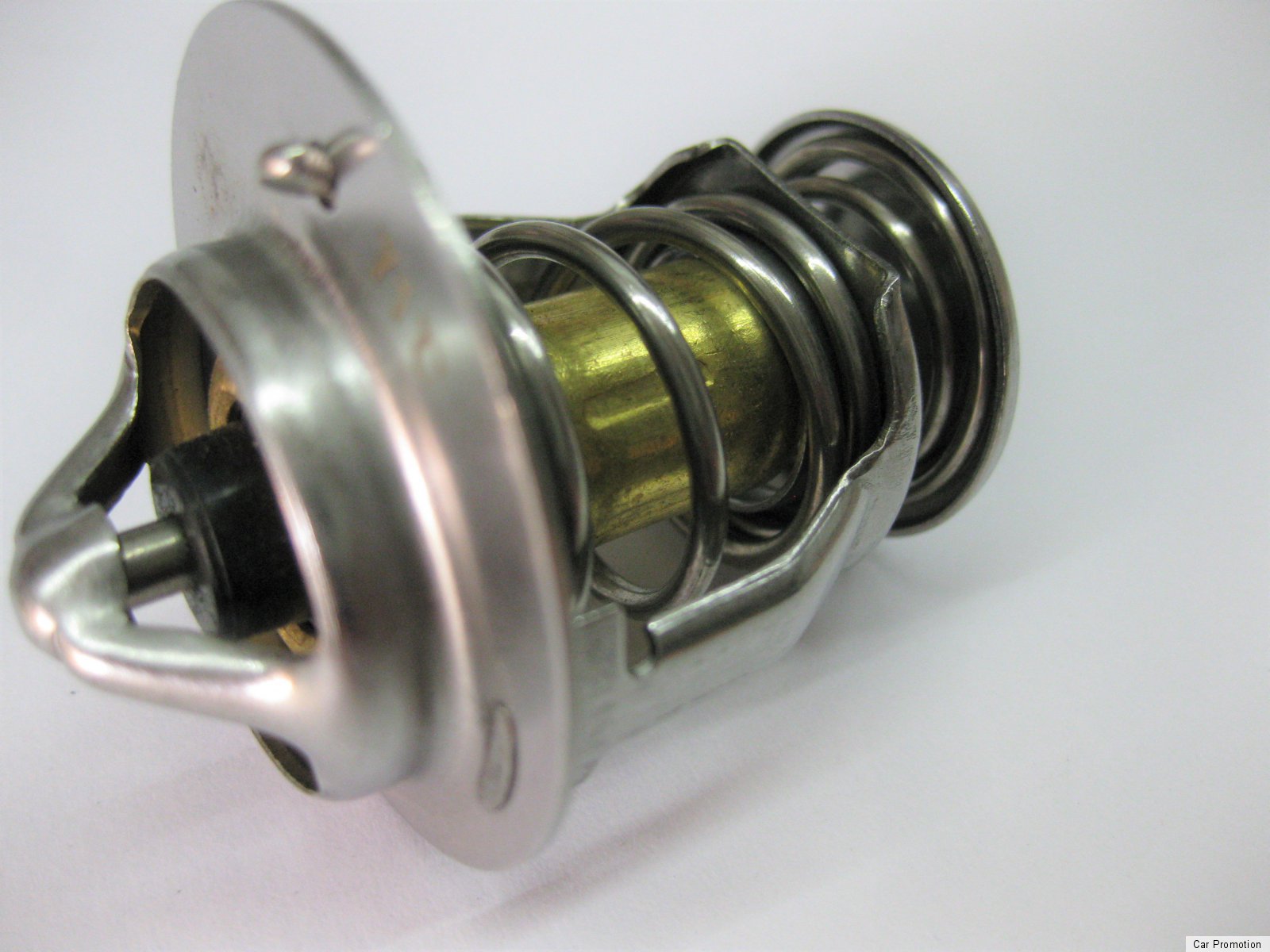
If the thermostat is stuck closed, the engine may overheat, leading to potential damage. Replacing a faulty thermostat is essential to maintain proper engine temperature and prevent further issues. Regular maintenance of the cooling system, including checking and replacing the thermostat as needed, can help prevent temperature-related problems and ensure your engine operates efficiently.
10. Faulty Camshaft Position Sensor
The camshaft position sensor monitors the position and speed of the camshaft and sends this information to the ECU, helping to optimize the timing of the fuel injection and ignition systems.
When the camshaft position sensor fails, it can cause the check engine light to come on and lead to engine misfires, poor performance, and reduced fuel efficiency. Common symptoms of a faulty camshaft position sensor include difficulty starting the engine, rough idling, and stalling.
The sensor can fail due to wear, damage, or electrical issues. Replacing a faulty camshaft position sensor is necessary to ensure proper engine timing and performance.
Regular inspection and maintenance of the sensor and related components can help prevent this issue and keep your engine running smoothly.
Addressing camshaft position sensor problems promptly is crucial for maintaining optimal engine operation and preventing further damage.

